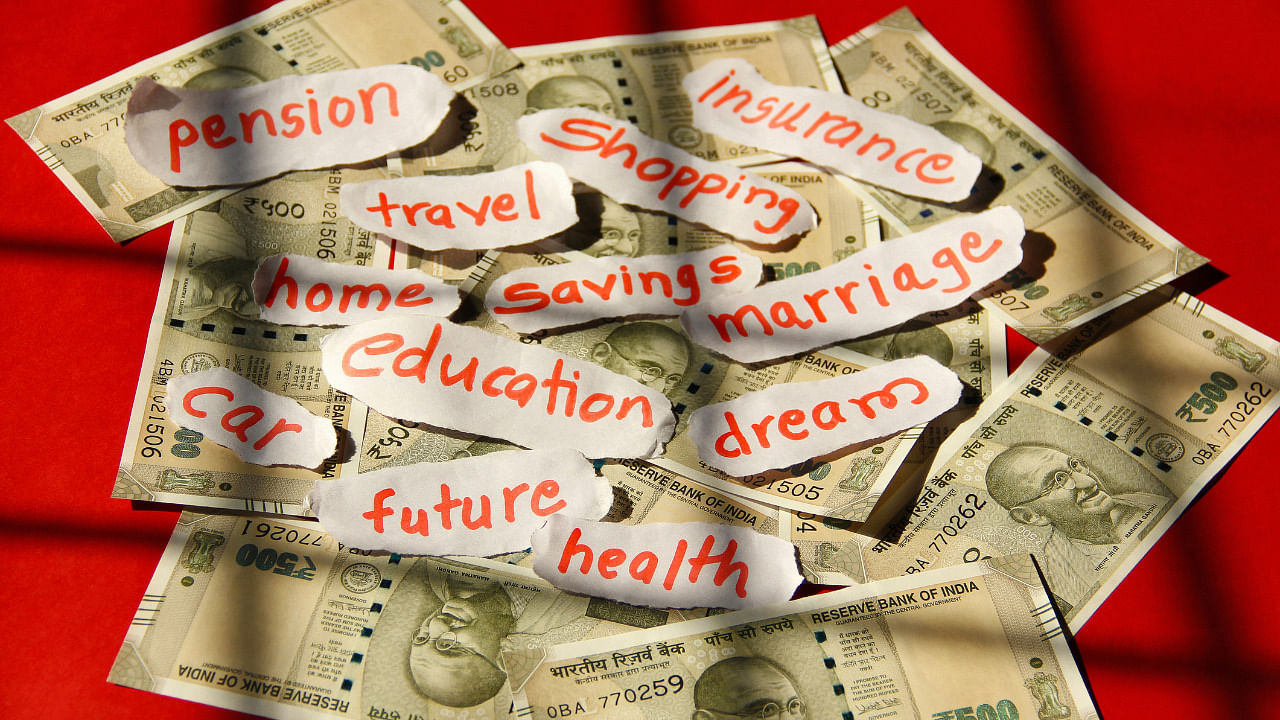
That Finance Minister Nirmala Sitharaman would not be able to spend as much as the experts egged her to do was obvious even before the Budget for FY22 was announced. That she will instead show transparently the details of every possible spend by the government was not so obvious. Yet, once she had made that choice, it became extremely difficult for critics to pan her. This is the reason why commentaries on the Budget will remain upbeat.
But beyond that, as far as Indian government Budgets go this is a huge step-up in confidence. Since the Fiscal Responsibility and Budget Management Act was passed in 2004 and even before that, finance ministers have tried to create wormholes to ferret away bad news on expenditure. In this they have been led by the belief that it is great to attempt to come close to the target of 3 per cent of GDP as the golden number. Only once has India managed to sail past the magic number in 2007-08. Sitharaman has instead become the first finance minister not to mention the 3 per cent target and instead offer a glide path of returning to 4.5 per cent by the year 2024-25.
Spending on health and Capex
Meanwhile, she has made it clear where she wishes to spend money—on health and on capital expenditure. She has run up large additions to them. 44 per cent for the latter and 137 per cent for the former, year on year.
But by afternoon even as it emerged that the rise in health budget was made up largely with that allocated for drinking water and sanitation, the commentators had something of a problem. The fiscal deficit for FY22 is supposed to be already massively high at 6.8 per cent of GDP. It is close enough to the 7.61 recorded in that perilous year of 1990-91. The 9.5 per cent recorded for FY21 is, of course, the highest ever for independent India.
That said, within this constraint this is still the first budget in a long time that capital expenditure shall grow at the expense of revenue expenditure. Revenue expenditure will be at 84.1 per cent of the government expenditure in FY22 dropping from 87 per cent in FY21 Capital spend will instead climb to 15.9 per cent compared to 13 per cent in FY21.
To ask for more resources for any sector would mean saying yes to either a larger borrowing or the raising of additional taxes. The first would crowd out private sector borrowing, the second would entail a huge cut back in consumption. The only way, for instance, the government could have financed genuinely high health care, (in addition to the bill for vaccines) was through a massive jump in personal income tax at the highest bracket. India Inc. is pretty important to the government’s plan of a ‘Atmanirbhar’ India.
A disproportionately high tax soak up would have scuppered its plans, especially as despite all the rhetoric none of the advanced economies are raising their tax rates. If India did so it would have led to a capital flight.
Also by bringing the money paid by Food Corporation of India out of the National Social Security Fund (NSSF) onto the government budget, she has ensured that not only that the budget numbers look more accurate, but also gives the government a powerful political number to counter the claim of not having done for the cause of farmers. She also had limitations as the higher allocation from the 15th Finance Commission to the states comes into play immediately.
A run through these budget numbers is therefore essential to figure out the story of the Budget she has presented today. This is also the reason why the markets were surprised on the positive side. They shall not have to wait for the day after to figure out hidden bombs in the budget numbers and can instead deal with whatever has been offered, at face value.
In keeping with tradition
So the Budget plays true to the template of the present government. It was for instance never expected that Prime Minister Narendra Modi will make the Budget an occasion for grand annual statements. The eight presented by three finance ministers since FY14, Arun Jaitley, Piyush Goyal and Sitharaman have not been the major templates to set the directions for government policies. Jan Dhan Yojana, Ayushman Bharat, or Prime Minister’s Awas Yojana were not first set out in Budgets. Bank mergers, demonetisation, GST or even the mega slashing of corporate tax rates have all happened outside the Budget speech. The Budgets for each year simply incorporated these announcements into their framework and set out the financial implications.
She has not added to any dole in her budget, despite demands for the same. It does not mean they may not make an appearance later this year. But her approach sits very well with this government’s oft-stated position that it shall not offer freebies but put people back to work. The promise from the government shall be minimum interference while the Centre ensures there is certainty in tax rates and other rules.
In the bargain, the minister has been able to keep the giveaways to a minimum. She has largely confined her tax treatment to their simplification, including a promised rejig of the huge number of customs duties. She has hardly changed any rates for direct or indirect taxes, instead offering solutions to a series of niggling compliance issues that bother MSME enterprises. There are no surprises in the budget and it augurs well for the economy.
(The writer is a business journalist and can be reached at s.bhattacharjee@ris.org.in)
Disclaimer: The views expressed above are the author's own. They do not necessarily reflect the views of DH.